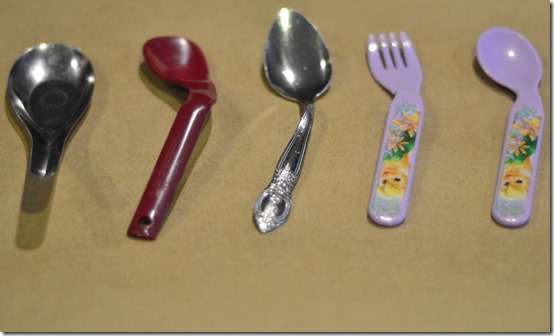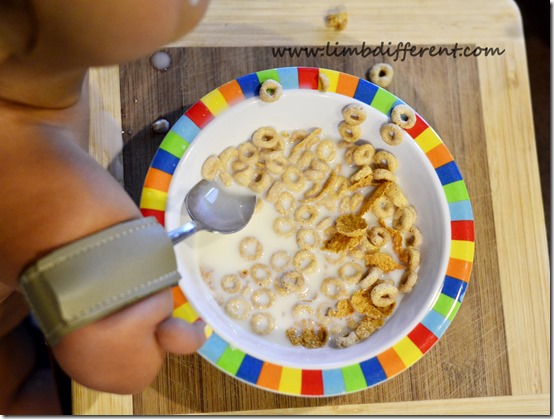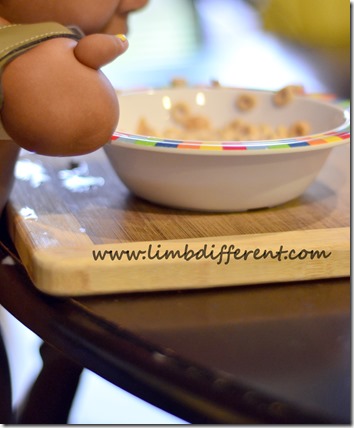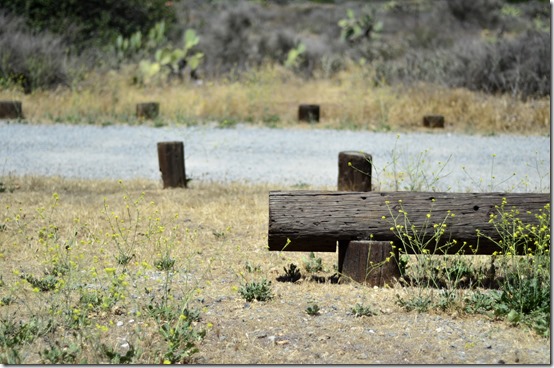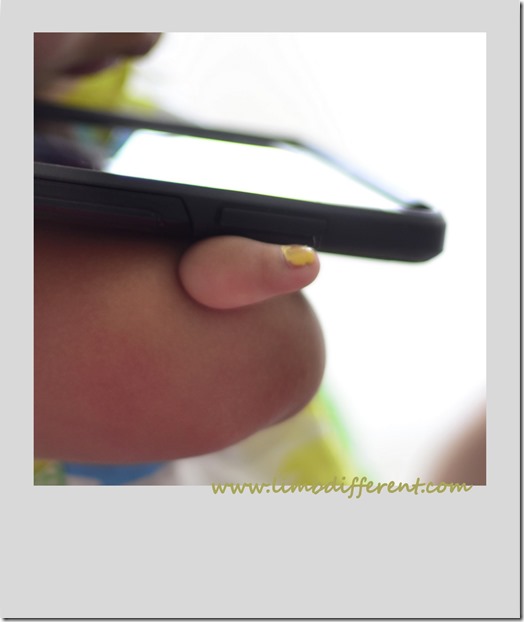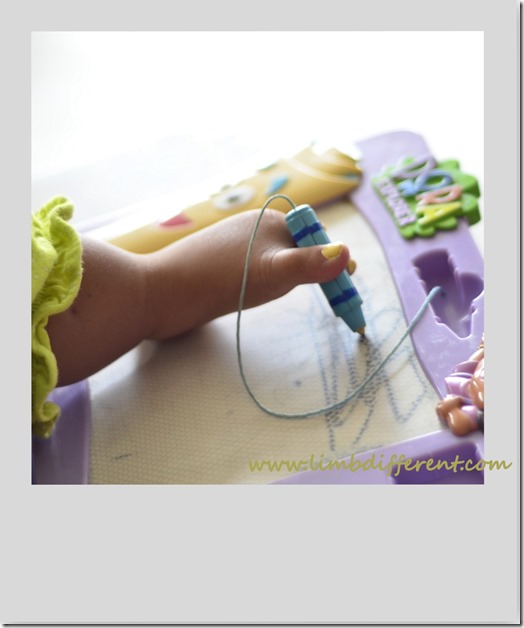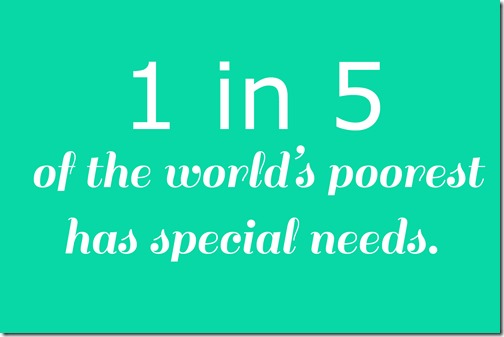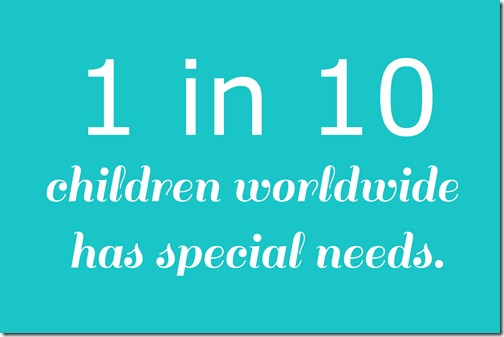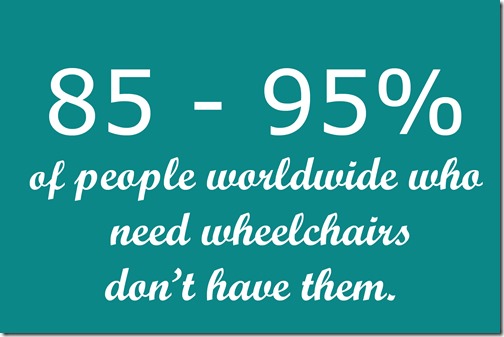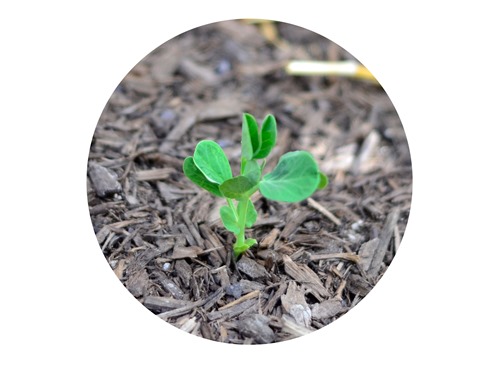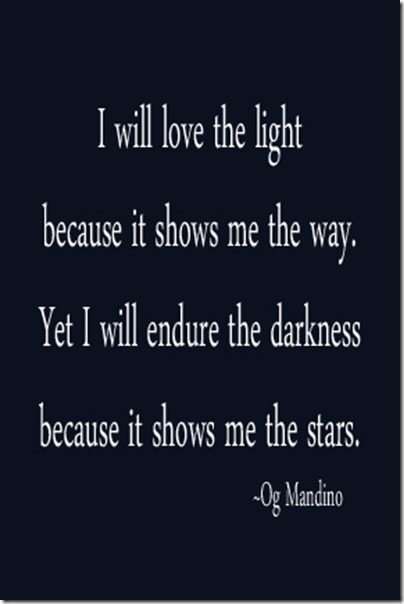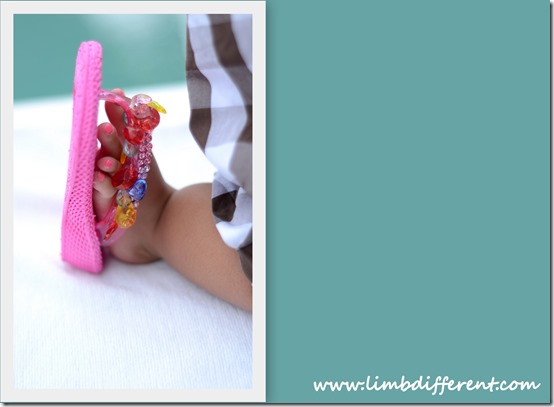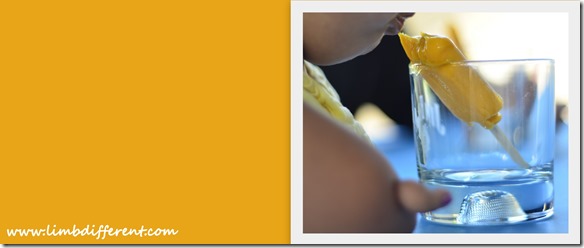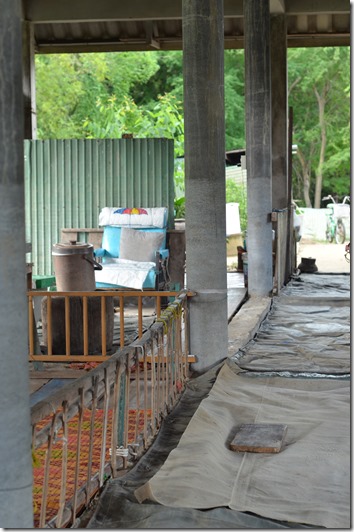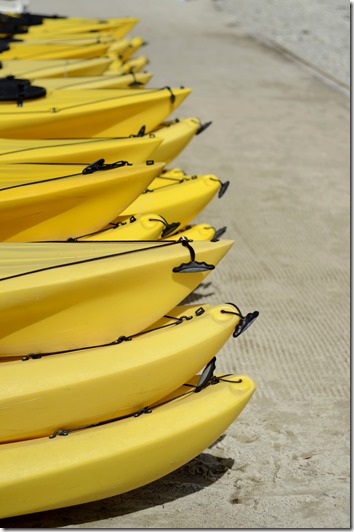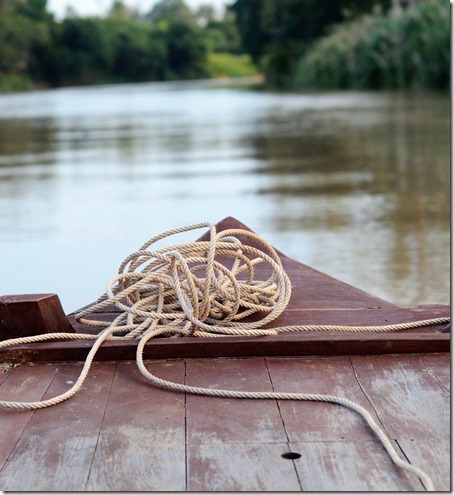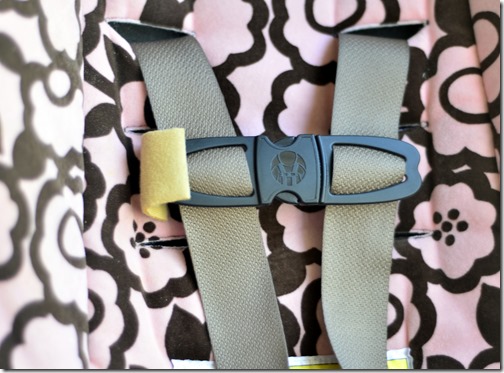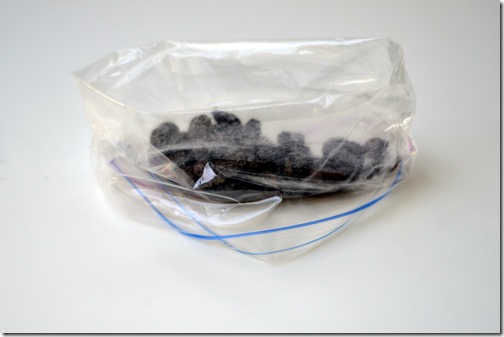
Most people groan when they hear IRS, but for families dealing with special needs, the dreaded three letters are often IEP. Frequently IEP meetings and horror stories go hand-in-hand. We had our IEP meeting recently and more than lived to tell about it. As it’s supposed to be, everyone in the room (and there were a lot of people there) had my daughter’s best interest as their goal.
Here are a few things that we’ve learned:
There is a difference between medical and educational OT and PT. The primary difference, if I understand it correctly, is that educational OT and PT have a direct correlation to learning or educational tasks. For example: educational OT covers things like cutting, writing and coloring. Medical OT, on the other hand, deals with daily life aspects like dressing, eating, grooming. The line between medical and educational PT is a grayer area when the goal is mobility. It’s pretty hard to differentiate between walking at school and walking to just get around in general. However, an example of educational PT might be getting in and out of a classroom chair.
There is APE (or adaptive PE) too. I mistakenly assumed that the IEP wouldn’t encompass physical education. As it turns out, it does. There is APE even for the preschool age.
One size doesn’t fit all. The problem with standardized tests is that most of us can’t be reduced to a fill-in-the-bubble. This is particularly true of differently abled children. This isn’t meant to be a political statement, but rather a recitation of a fact. For example one of the questions on the test was: Can your child walk up and down the stairs? The answer for us is no. The next question was: Can your child crawl up the stairs? Again, the answer is no. However, there wasn’t a question that simply asked: Can your child go up the stairs. The answer to that question would have been yes.
An IEP includes a numerically scored portion, which reflects the raw data or numbers. This compares your child against a standard score of similarly aged children. There is also a narrative portion where the educators discuss their findings, which basically means they explain the numbers.
All of the educators we dealt with took great pains with the narrative portion of the IEP. Even though our daughter had a lower score in the category dealing with physical ability, the educators explained that those numbers don’t accurately reflect her true capabilities. They pointed out using language like “it’s significant to note” that she does things like goes up and down the stairs in a modified fashion. And they mentioned qualities that can’t be measured by any test. Things like determination, a good attitude and willing spirit. The narrative portion painted a better overall picture of my daughter than the numbers did. I was also thrilled to see that the people who will be teaching my daughter, saw and admired some of the same qualities in her that I do.
The numbers are just numbers. Even though I know how capable my daughter is and even though I know how much she’s achieved, it was still demoralizing to hear that in some areas she scored the equivalent of a child much her junior. But the numbers are just that, numbers. They are a means to an end. In this case the end being a learning environment that best meets her needs.
I was quite relieved that the people we met with did their jobs and did them well. But I also know that no test or curriculum will ever tell me some of the things I already know about my daughter. Things like how she crosses her eyes when she doesn’t want to do something to make me laugh or about how she leans way into me when I read her a book. But I’m also well aware that an IEP wasn’t designed to tell me these things.
I want my kids to be lifelong learners, thinkers, creators. I want to cultivate in them a spirit of curiosity that can only be quenched by living fully and purposefully. I want them to be educated and I want them to learn from the school of hard knocks. I want them to be well-read and well-traveled. I want them to be empathetic and compassionate. I want to fan in them the sparks of passion early so that those fires may long burn bright. The only individualized education program that can foster this, is the one that I put into place every single day.

